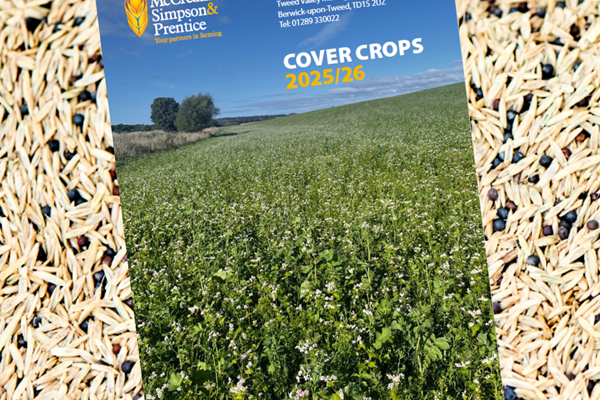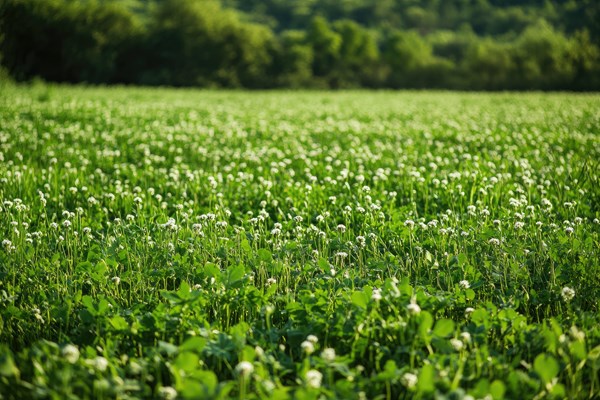Our products
Among the many benefits of cover crops are adding organic matter to soil, increasing biological activity, improving soil structure, reducing erosion and increasing the supply of nutrients available to plants – in particular by adding nitrogen to the system by fixation.
Overall, cover crops are providing a basis for a more environmentally friendly approach to modern farming, with the soil’s need for basic nutrients being available in a more sustainable form.
Our cover crop mixtures
Through our own research and development here at McCreath Simpson & Prentice, as well as working closely with DLF Seeds, we can offer a range of specially formulated cover crop mixtures that will help to improve soil health and fertility between cash crops.
For the past few years, we have been analysing the impact of cover crops by sowing it prior to spring barley at our variety trials site in Northumberland, with generally impressive results that members of our expert team would be more than happy to share with you.
As well as offering a dedicated range of mixtures, we can also provide bespoke mixtures to suit individual requirements.
Utilising cover crops
The use of cover crops is most effective when plants are young and the crop is cut and chopped to produce a mulch, before turning it into the soil. This allows it to decompose quickly and release nutrients into the soil, which will be used by the following crop.
However, in some cases, the nitrogen needs to be available at a later stage. As a result, the cover crop is left until it is more mature, the decomposition therefore takes longer, and the nutrients will then be more likely to become available at the right time in the crop’s development.
Spring vs autumn sown
Cover crops can be sown either in spring for summer usage, or autumn for over-winter usage.
Spring sown crops are quick growing, suppressing weeds and providing organic material to improve soil structure and organic status.
Autumn sown crops, meanwhile, take up nitrogen from soils and prevent leaching. They can be incorporated in the following spring or provide a source of forage prior to incorporation and help to control erosion.






